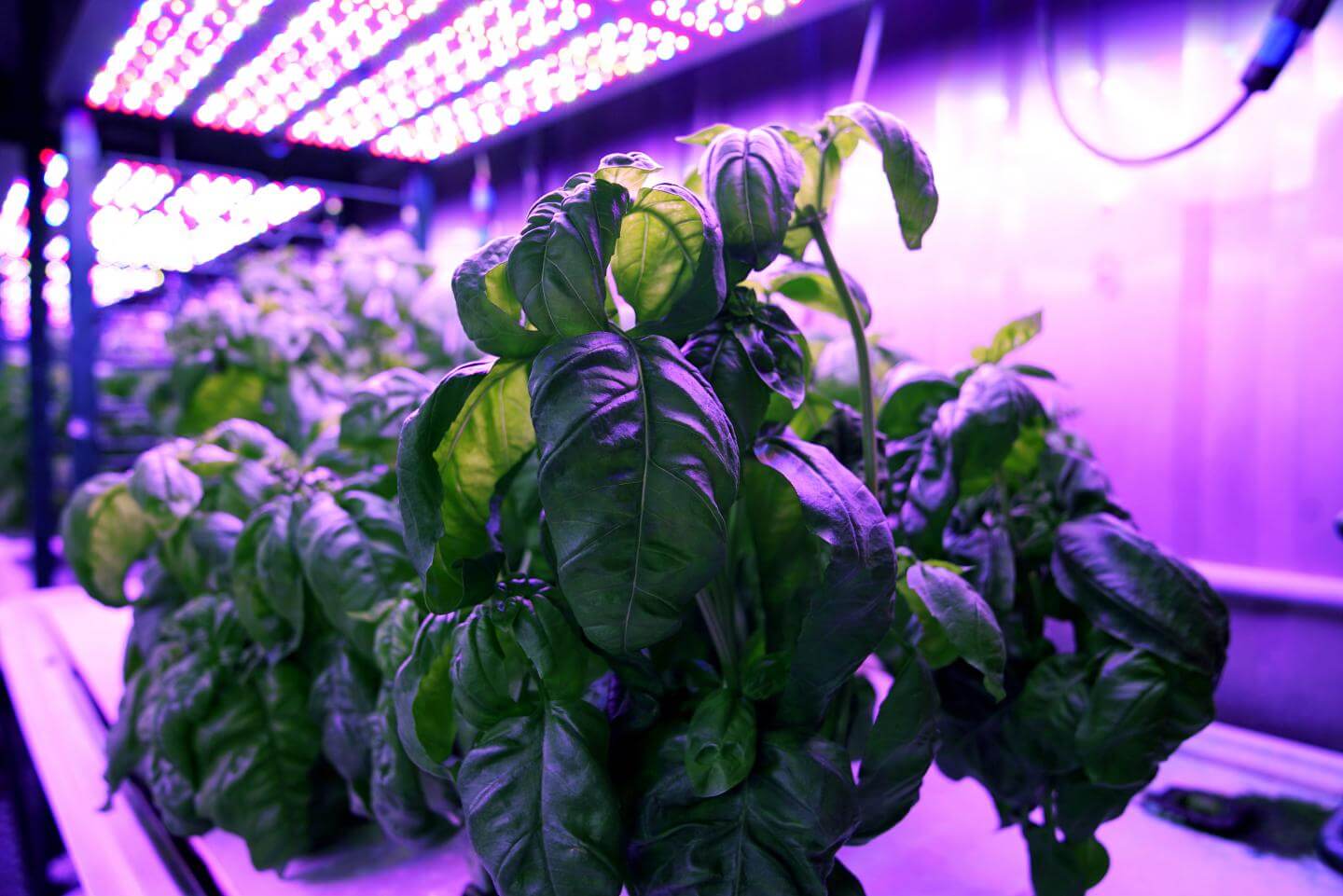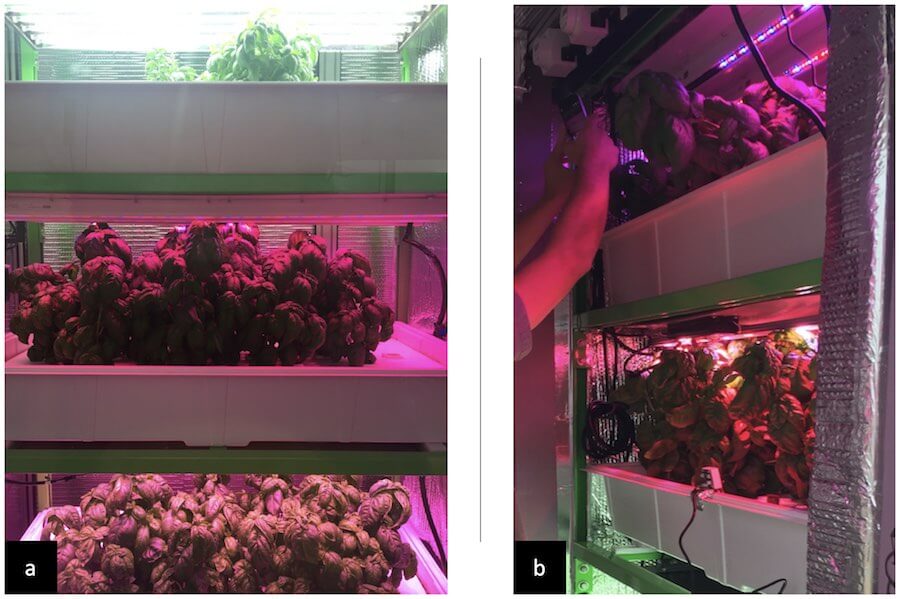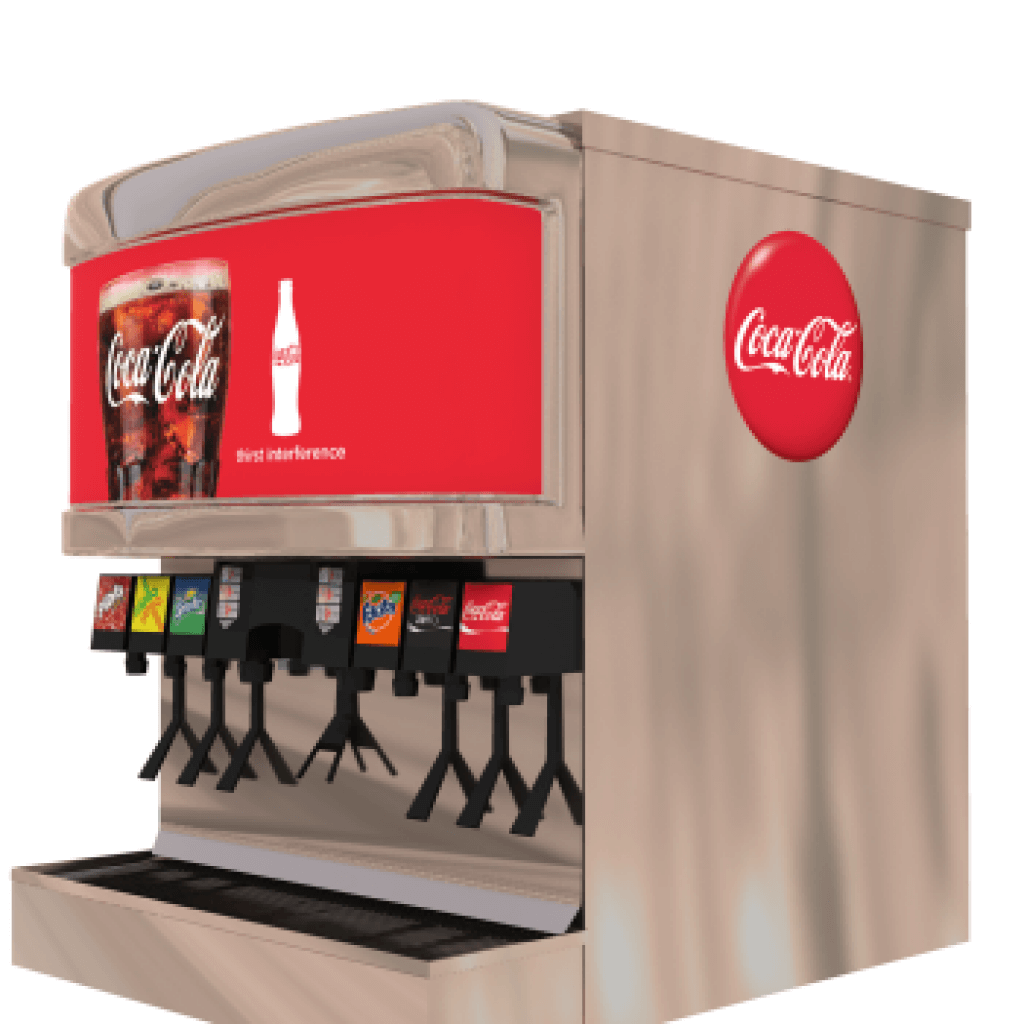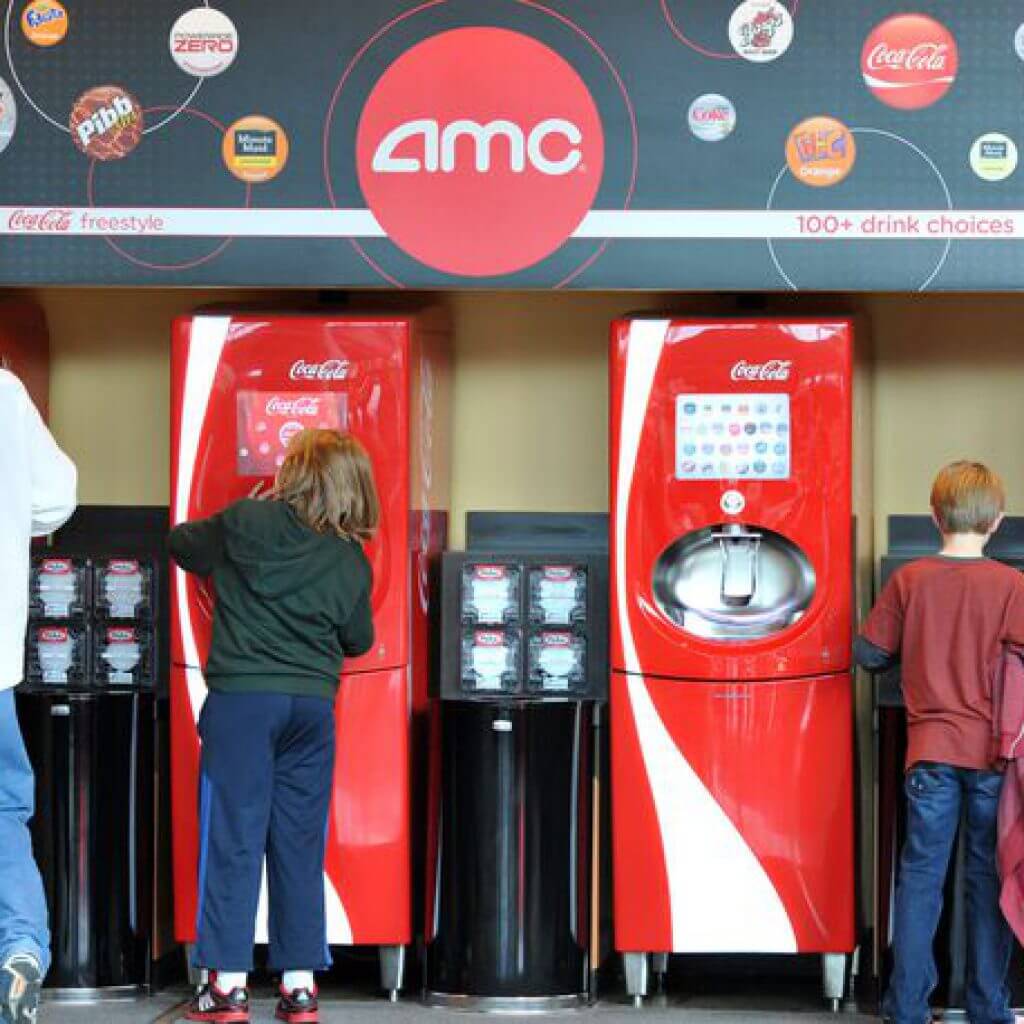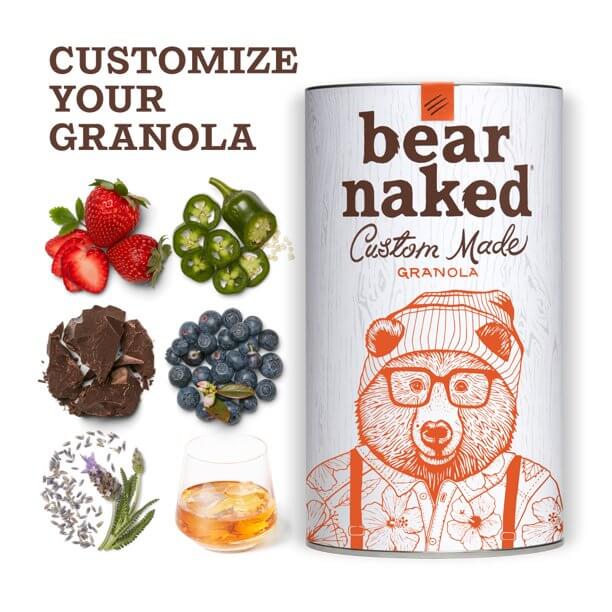Eating smart: How AI is transforming the food and beverage industry
“Your order will be ready in 5 minutes.” Just as you begin to grow impatient, your phone buzzes with this notification. Today, gourmet restaurant meals are just a few clicks away. Whether you are dining in, ordering a takeaway, or opting for doorstep delivery, artificial intelligence is transforming customer experiences in the food and beverage industry.
Valued at USD 3.07 billion in 2020, AI in the food and beverage industry is expected to grow at a CAGR of 45.77% over the next five years. While AI implementation in this sector has grown rapidly over the last few years, high costs associated with the large-scale deployment of these advanced technologies have posed restrictions to market growth. With the post-COVID-19 consumer’s changing demands and companies increasingly enhancing their digital capabilities, AI applications in the food and beverage industry are expanding rapidly.
Today’s consumer appreciates the importance of sustainability and local preferences, as well as the change in food and health consciousness. The fast-paced and consumer-driven F&B industry has no room for error. Inability to manage food and safety regulatory compliance, inventory stocks, and food quality can severely harm the brand’s reputation. AI is not only helping brands overcome these challenges but also broadening their scope for innovation and product improvement.
Opening doors: Top 5 applications of AI in F&B
1. Improving food quality
Traditional farming practices are faced with a variety of challenges including pest infestations, plant diseases, lowered soil health, and unpredictable weather conditions. These invariably affect the quality of produce, resulting in bad crops and losses. But what if you could avoid this? What if you could do more than this and improve crop quality? AI and ML capabilities help overcome these challenges: from basic functions such as detecting pests and plant diseases, improving soil health, and automating sorting processes to more advanced studies that can create optimal growing conditions in controlled environments.
For instance, MIT collaborated with Cognizant to determine the suitable conditions for growing basil that would also maximize its taste. Using AI and ML-based sensors, they studied variables of UV, light, heat, water stress, and salinity. With the help of this data, they could also grow small amounts of produce in controlled environments. The team then began working on growing basil plants with higher compounds that could help combat certain diseases like diabetes.
Companies like Tracegenomics utilize machine learning and artificial intelligence to measure the bacterial and fungal components in the soil, analyze soil DNA and provide recommendations for improving yield. TOMRA, a Norway-based company, developed a sensor-based optical sorting solution to make the time-consuming and labor-intensive job of sorting fresh produce more efficient.
2. Maintaining excellent hygiene standards
Quality control and food safety compliance may often be compromised due to limited human monitoring capabilities, errors made by manual oversight errors, and personal hygiene issues in plant floors or kitchens. Furthermore, cleaning process equipment is a highly time-consuming and labor-intensive task. AI in the food and beverage industry helps overcome these human lapses with uniform recognition, life-cycle supervision, real-time monitoring, and intelligent enforcement. It further recognizes apparel, detects bin waste, pests, and rodents, and facilitates sanitization and disinfection. For instance, KanKan AI in China used AI platforms with a reported accuracy rate of more than 96%. Manufacturing facilities and restaurants used their technologies to improve their employees’ hygiene, safety, and food standards.
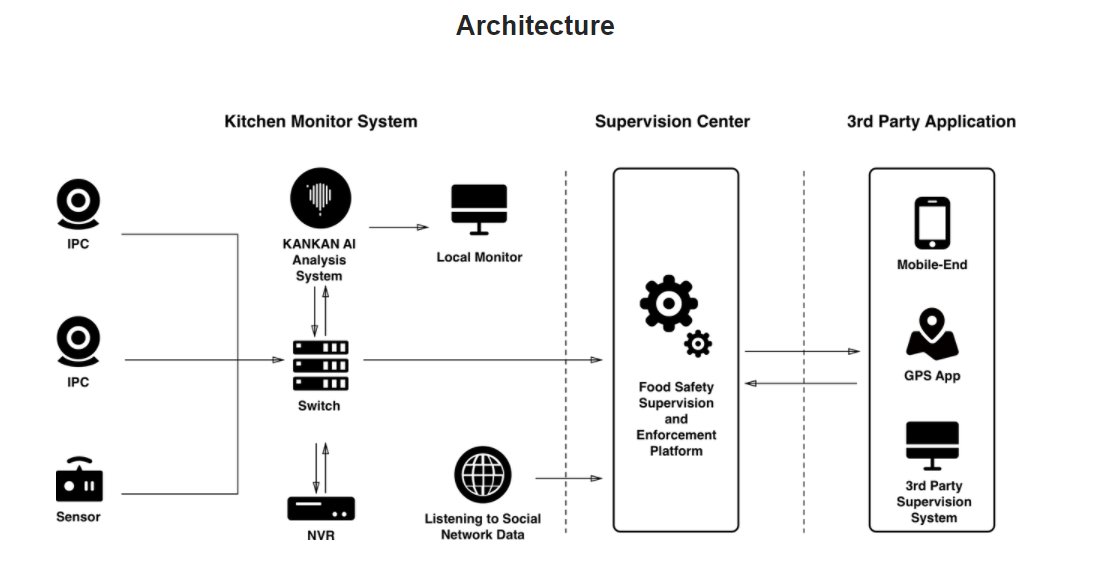
Researchers at the University of Nottingham came up with an AI-based cleaning system that helps reduce cleaning time and resources by 20-40% and can lead to annual cost savings of about £100M in the UK food industry alone. Utilizing a multi-sensor Self-Optimized Clean-In-Place [SOCIP] monitoring approach, this deploys UV, ultrasonic acoustic sensors, and optical fluorescence imaging to detect food residue and measure microbial debris within the equipment.
3. Reducing food wastage
Globally, food wastage is a serious problem. More than one-third of the food produced in the world is wasted. Wastage along the value chain is a major challenge, especially during food processing, storage, and transport. Leveraging AI in food supply chain management can help reduce and even eliminate waste along the supply chain. For instance, with dairy and other perishable products like fruits and vegetables, tracking inventory data from manufacturing, shelf life, packaging to the point of sale, and estimated quantity of sale can reduce standing inventory, overproduction, and ensure timely delivery.
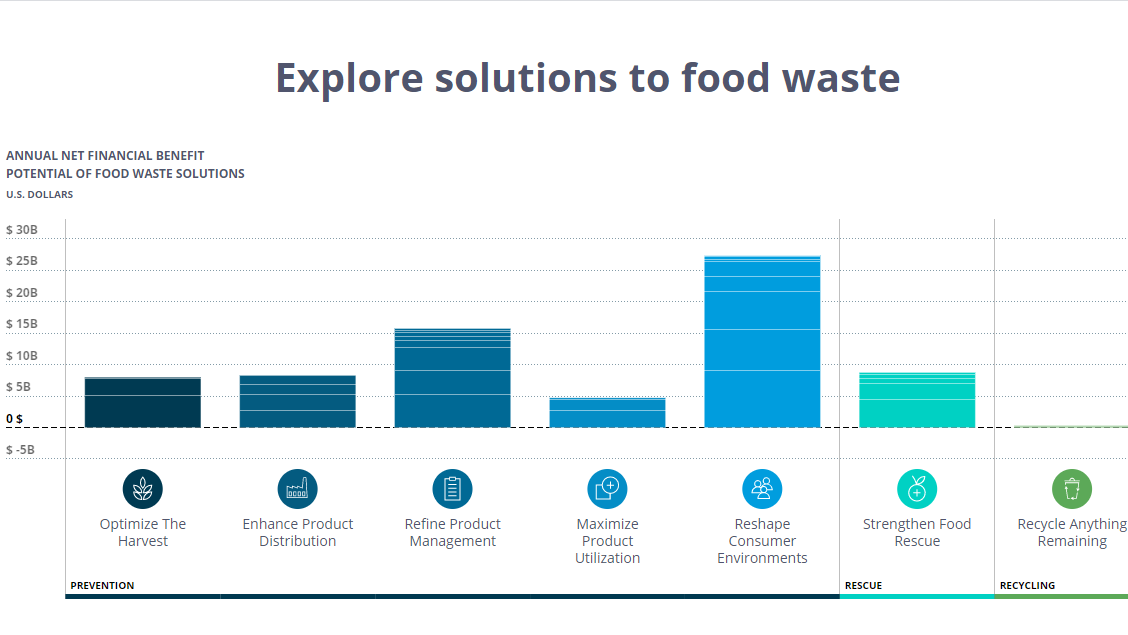
Employing intelligent supply chains helps businesses to innovate by reducing time-to-market. It enables them to maintain transparency in pricing, manage inventory, ensure food safety, compliance and accountability, and offer end-to-end visibility to optimally assign and dispatch available products. For instance, Symphony Retail AI’s high-performance supply chain utilizes its AI capabilities to forecast demand and control inventory leading to 10% reduced wastage.
4. New product development
Evolving consumer preferences have given rise to innumerable ingredient combinations and a variety of recipes that provoke continual changes in food manufacturing. AI’s predictive capabilities can forecast which products will succeed in the market. This has caused manufacturers to turn to AI-driven recommendation systems to create consumer-driven and tailored products. These systems recommend new products and ingredient combinations that can flourish in the market – starting with high volume, low-cost foods, and eventually proceeding to more complex, layered foods.
With a variety of innovations that include the inverse cooking algorithm (developed by Facebook AI Research), consumer research, and NLP and API technologies, these systems are accessible to both consumers and manufacturers. These applications allow consumers to factor in their meal and health preferences.
To illustrate, Gastrograph AI has designed consumers’ favorite flavor profiles with its AI platform that studies, interprets, and predicts consumer preferences utilizing sensory intelligence. It has now opened its doors to quantify food attributes such as flavor, aroma, and texture. With more and more usage, their predictive analytic system can generate more accurate recommendations.
AI further recognizes flavor combinations used by different demographics. Another provider, TasteMap, analyzes and recommends wines based on a simple quiz that considers elements such as environment, experience, and taste. IBM has partnered with Kerry to help food and beverage companies identify consumer patterns with predictive analytics. Powerful AI predictive data solutions have shortened the product creation process to less than two months from ideation to commercialization, with concepts provided in as fast as 2 days from the earlier requirement of a minimum of 4-6 weeks.
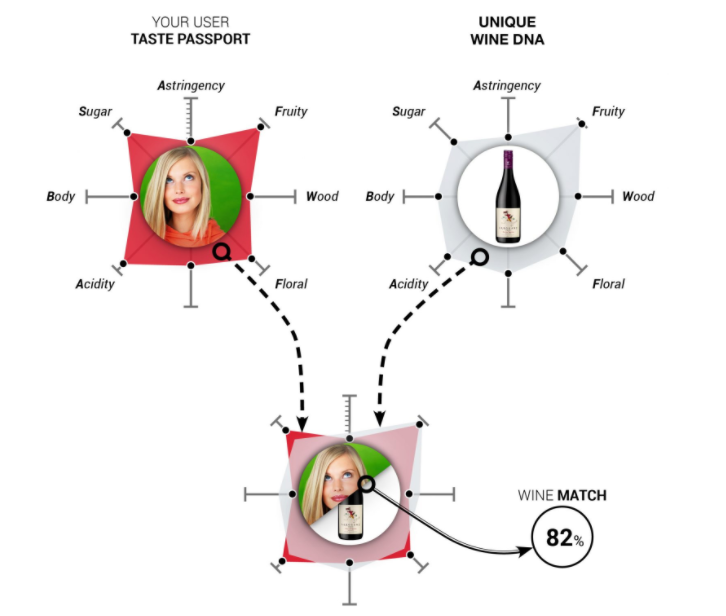
5. Enhancing purchase experiences
AI-based virtual assistants can help enhance customer experiences significantly. Assistants like chatbots and self-ordering machines eliminate queues and reduce the waiting time. Most food outlets today have their app or table barcode scanners to display the menus. Some applications like Edemam even break down the recipe to offer nutritional information! Edamam generates a real-time nutritional analysis of food recipes by using Natural Language Processing (NLP) technologies.
User-friendly services like Coca-cola’s self-installation fountain services at several places allow users to combine flavors and customize their drinks.Kellogg’s and IBM Chef Watson introduced their Bear Naked custom granola that allowed users to choose their granola flavors and combinations from 50+ ingredients.
Looking ahead
AI in the food and beverage industry not only streamlines business operations with accurate, real-time industry and competitive insights but also boosts customer satisfaction and loyalty. Employing artificial intelligence has the potential to make a significant impact on the sustainability of global food production, transport, sale, and consumption. With hardware advances like drones to monitor crops, AI and machine learning capabilities have the potential to hugely contribute to the optimization of agricultural processes.
Did you know? Research scientists at MIT’s Open Agriculture Initiative state the lack of publicly available data as a huge drawback for the agriculture space. AI and ML capabilities have the power to change that. Data from these technologies can provide predictive insights factoring years’ worth of weather patterns and climate change developments.
Consumer experiences and smart technologies will shape the next normal in the F&B industry. A deeper understanding of CPG industry trends can support in making informed business decisions that can contribute to greater commercial growth and profitability. To learn how Netscribes’ research solutions can help you succeed in a tech-enabled market, contact us today.

